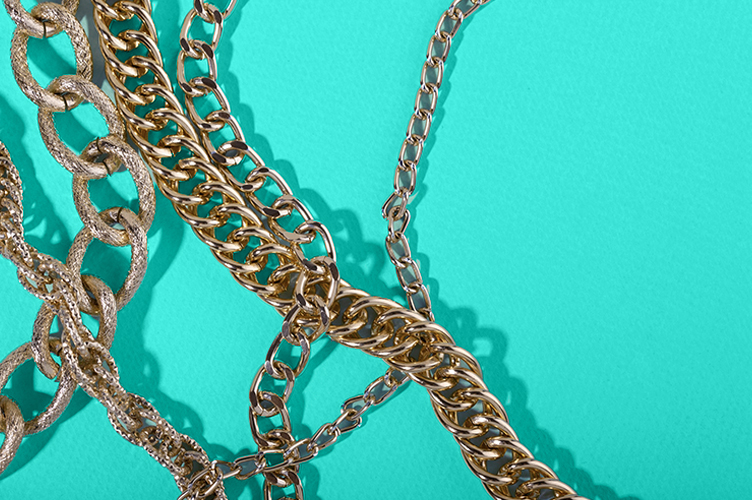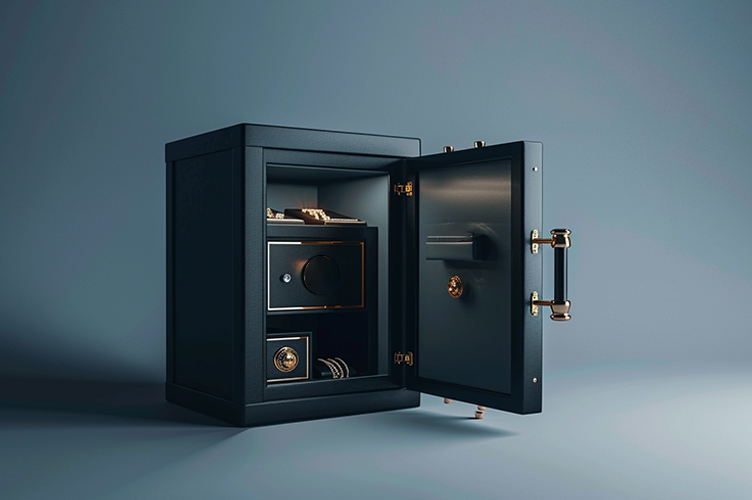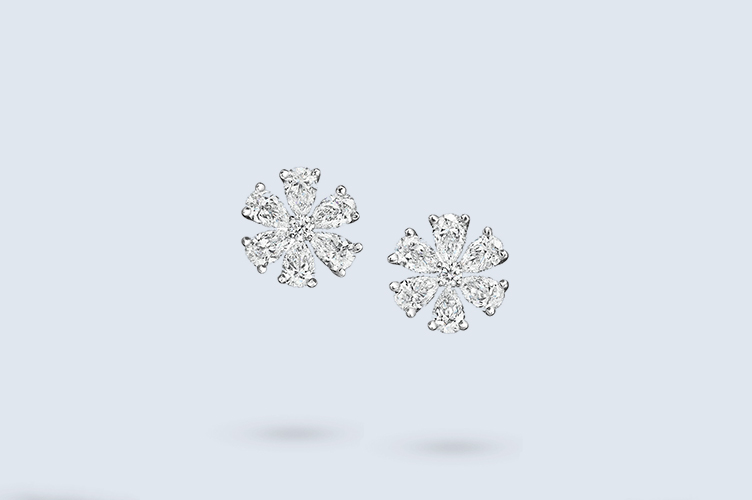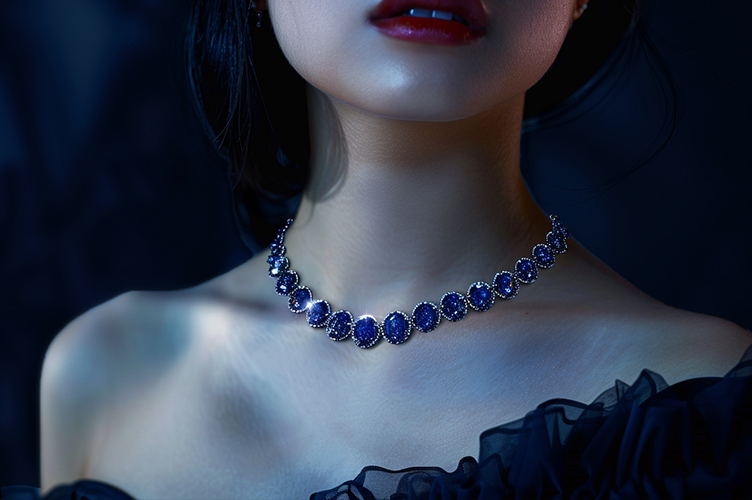Gemstones are minerals and other hard substances that people shape, polish, and wear in jewelry. There are lots of different gemstones in every color of the rainbow, and they all have traits that make them unique. Some gemstones are very hard, like diamonds, while others are softer, like opals. Some gems are clear, while others are opaque. People who study gemstones are called gemologists, and they’re experts at being able to identify different gemstones that look similar based on the properties of each one.
Diamond
Diamonds are the hardest things on Earth. This means that you can scratch any other type of gemstone with a diamond. We usually think of diamonds as being clear and colorless, but they can also be found in other colors, like yellow, brown, or even blue or pink. They’re made of carbon, just like pencil lead. But they’re a lot more valuable than a pencil; even a fairly small diamond can be worth thousands of dollars. Diamonds are often used in engagement rings, but since they’re so hard, they can also be used to make saw blades.
Ruby and Sapphire
Rubies and sapphires are actually both transparent gems made of corundum, a crystal that contains aluminum and oxygen. Corundum is almost as hard as a diamond, so both rubies and sapphires are hard to scratch. The difference between rubies and sapphires is that they’re different colors: Rubies are red, and sapphires are usually blue. They get their colors from small amounts of other elements in the corundum. Rubies are red because they contain chromium, and sapphires are blue because they contain iron and titanium.
Topaz
A topaz is fairly hard, but it’s less hard than a ruby or sapphire. These gems are usually blue-green or yellow but can also be blue, orange, or brown.
Amber
Amber is made from pine tree sap that has hardened over the course of many years. It’s usually orange, brown, or yellow. Amber can be clear, but it’s sometimes cloudy-looking. Some pieces can even have other things stuck inside them, like bits of leaves or bugs. Amber is one of the softest gemstones, so you have to be really careful to protect it from damage.
Opal
Opals are known for being iridescent: When light hits an opal, it creates shimmery rainbows of color! Opals are usually white, but they can also be black, clear, or red. They’re fairly soft, so you can scratch or break an opal fairly easily.
Peridot
Peridot is a light green, transparent stone that’s medium-hard. It’s sometimes also called chrysolite. Peridot is usually found in volcanic rocks, but it has also been found in meteorites.
Aquamarine
Aquamarine got its name because it’s the color of seawater: light blue. It’s a medium-hard, transparent stone made of the mineral beryl.
Turquoise
Most people are familiar with turquoise, which was one of the first stones to be dug up and used for jewelry. It’s an opaque blue stone that’s medium-hard. Turquoise gets its color from copper inside the stone.
Lapis Lazuli
The name “lapis lazuli” comes from the Latin words for “blue stone.” True to its name, this beautiful medium-hard gemstone is a vivid blue. It sometimes contains little bits of gold-colored pyrite.
Emerald
Like aquamarines, emeralds are made of medium-hard beryl. Emeralds are known for their bright green color and are transparent.
Agate
Agate is a multicolored stone known for its layered appearance. It’s medium-hard and can contain lots of different colors, like brown, pink, purple, and white. Most agates are translucent or opaque.
Amethyst
This transparent purple gemstone is actually a type of quartz. The pretty color of this medium-hard gem comes from small amounts of iron trapped inside.
Rose Quartz
Rose quartz is a lot like amethyst, but it gets its name from its pink color. Rose quartz is usually translucent.
Tourmaline
Tourmaline can come in just about any color. It’s also dichromatic: It can look different colors depending on what angle you look at it from. This medium-hard gem is usually transparent. It also gains an electrical charge when you heat it up.
Obsidian
Obsidian is a type of volcanic glass that’s black. It’s a very shiny rock made of cooled lava. Obsidian is medium-hard but tends to be brittle.
Moonstone
Moonstones are famous for having a soft shine that looks like moonlight. They’re often white but can be gray or blue-gray, and they’re usually translucent. They have about the same hardness as opals, meaning that they can be scratched more easily than a lot of other gemstones.
- Jewel Facts for Kids
- What Are Gems?
- Gems, Minerals, Crystals, and Rocks: What’s the Difference?
- A Primer on Gemstones
- Jewelry and Gems
- What Is Obsidian?
- 43 Emerald Facts for Kids
- What Is Agate?
- Crystals: Science for Kids
- Turquoise: December’s Birthstone
- Diamond Facts for Kids
- Geological Origin of Gemstones
- All About Gemstones
- Where Do Gemstones Form?
- Characteristics and Classification of Gemstone
- Mineral Resource of the Month: Gemstones
- Molecular Expressions: Precious Gems and Metals
- Let’s Learn About Diamonds
- Science of Stones: Ruby
- Geological Origin of Topaz
- What Is Moonstone?
- Aquamarine Properties and Characteristics
- Online Jewelry Appraisal
- Physical and Chemical Properties of Peridot
- All You Need to Know About Opal






